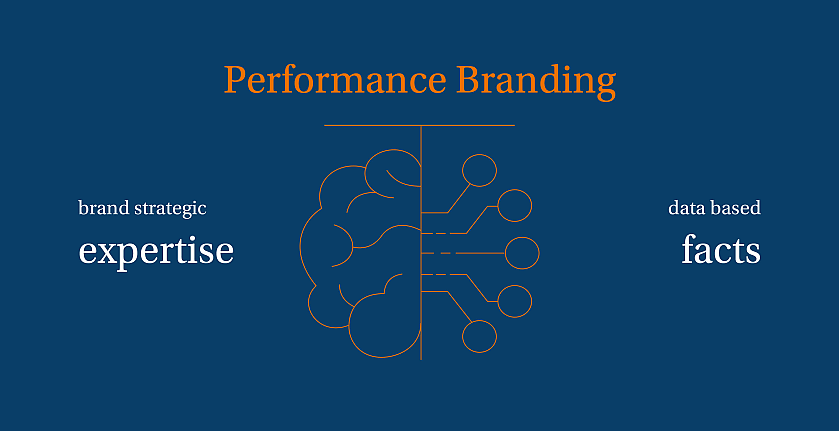Brand performance, in-depth definition and methods of analysis, evaluation, and data collection for optimal efficiency

Brand performance refers to how well a brand achieves its strategic objectives and delivers value to its stakeholders. It encompasses various metrics and indicators that reflect a brand’s effectiveness in the market, its operational efficiency, and its overall success. Analyzing brand performance helps companies assess their competitive position, identify growth opportunities, and make informed decisions to enhance brand value.

Definition of Brand Performance:
Brand performance is a comprehensive evaluation of how well a brand is performing across multiple dimensions, including financial metrics, market position, customer perception, and operational efficiency. It involves assessing both quantitative and qualitative aspects to understand how effectively a brand is meeting its goals and delivering on its promises.

Methods of Analysis for Brand Performance:
1. Financial Performance Analysis:
- Revenue Growth: Measure changes in revenue over time to assess the brand’s market demand and business expansion.
- Profitability Metrics: Analyze profit margins, return on investment (ROI), and net profit to evaluate financial health and operational efficiency.
- Market Share: Assess the brand’s share of total market sales or revenue to understand its competitive position.
2. Customer Metrics:
- Customer Satisfaction: Use surveys and feedback to gauge customer satisfaction levels and identify areas for improvement.
- Net Promoter Score (NPS): Measure the likelihood of customers recommending the brand to others, reflecting overall customer loyalty.
- Customer Lifetime Value (CLV): Calculate the total revenue a brand can expect from a customer over their entire relationship to assess long-term value.

3. Brand Equity Metrics:
- Brand Awareness: Measure the level of consumer awareness of the brand and its recognition in the market.
- Brand Perception: Assess how customers perceive the brand in terms of quality, reliability, and value compared to competitors.
- Brand Loyalty: Evaluate the degree of customer loyalty and repeat purchase behavior.
4. Market and Competitive Analysis:
- Market Positioning: Analyze the brand’s position in the market relative to competitors, including differentiation and competitive advantage.
- Competitive Benchmarking: Compare the brand’s performance metrics with those of key competitors to identify strengths and weaknesses.
5. Operational Performance Metrics:
- Efficiency Metrics: Assess operational efficiency through metrics like cost per unit, production efficiency, and supply chain performance.
- Innovation and R&D: Evaluate the brand’s investment in innovation and research and development (R&D) and its impact on market performance.
Methods of Data Collection for Optimal Efficiency:
1. Financial Reports and Statements:
- Overview: Collect and analyze financial statements, including income statements, balance sheets, and cash flow statements.
- Sources: Use data from annual reports, financial disclosures, and accounting systems.
2. Customer Surveys and Feedback:
- Overview: Gather customer feedback through surveys, polls, and focus groups.
- Tools: Utilize survey platforms like SurveyMonkey, Qualtrics, and Google Forms to collect and analyze data.
3. Social Media and Online Analytics:
- Overview: Monitor social media channels and online reviews to assess brand sentiment, engagement, and public perception.
- Tools: Use social media analytics platforms like Brandwatch, Sprout Social, and Google Analytics.
4. Market Research Reports:
- Overview: Access industry reports and market research studies to understand market trends, competitive landscape, and brand positioning.
- Sources: Use reports from market research firms like Nielsen, Euromonitor, and IBISWorld.
5. Operational Metrics:
- Overview: Collect data on production processes, supply chain efficiency, and operational costs.
- Tools: Implement ERP systems, performance dashboards, and operational analytics tools.
6. Competitive Analysis:
- Overview: Gather data on competitors’ performance, market share, and strategic initiatives.
- Sources: Use competitive intelligence tools, industry reports, and publicly available information.
Steps for Optimizing Brand Performance Analysis:
- Define Objectives: Identify the key performance indicators (KPIs) and objectives relevant to assessing brand performance. This may include financial goals, customer satisfaction targets, or market share objectives.
- Select Metrics: Choose appropriate metrics and indicators based on the defined objectives. Consider a mix of financial, customer, and operational metrics.
- Collect Data: Gather data from various sources, including financial reports, customer feedback, social media, and market research.
- Analyze Performance: Evaluate the collected data to understand performance trends, strengths, weaknesses, and opportunities for improvement.
- Interpret Results: Use the analysis to draw insights about the brand’s market position, operational efficiency, and overall effectiveness.
- Implement Strategies: Develop and implement strategies to address performance gaps, enhance strengths, and capitalize on opportunities.
- Monitor and Adjust: Continuously monitor brand performance metrics and adjust strategies as needed to maintain or improve performance.
Conclusion:
Effective brand performance analysis involves a comprehensive evaluation of financial health, customer metrics, brand equity, market position, and operational efficiency. By employing a combination of financial analysis, customer feedback, social media monitoring, and competitive benchmarking, brands can gain valuable insights into their performance and make data-driven decisions to enhance their market position and achieve strategic goals.

